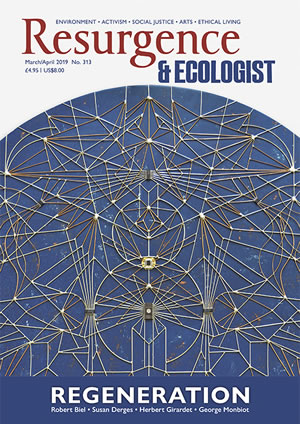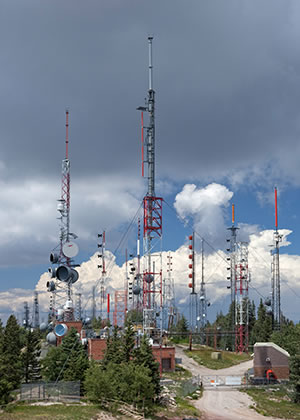Moves to roll out 5G (fifth-generation) mobile connectivity with apparently few local controls have raised serious concerns among health activists in the US. Chaired by a former telecoms-industry lawyer, the Federal Communications Commission (FCC) adopted proposals that rush permits through, cut fees for the industry, and effectively permit 5G masts to be sited on public poles, structures and rights of way – including close to bedrooms. As reported in the Ecologist in 2016, scientists have warned that higher-frequency 5G may introduce risks to insects, leaves, eyes and skin, due to its pulse and energy being concentrated in surface tissue.
The US Conference of Mayors, National League of Cities, Native American tribes and other collectives have been in legal action to retain local controls. Philadelphia city council’s lawyer said controls were needed to “protect the health, safety and welfare of the city’s over 1.5 million residents and 43 million annual visitors”. Senator Richard Blumenthal, a champion for environmental causes, challenged the FCC to prove the safety of 5G: “We need to know whether [it] can cause cancer and other diseases.”
In his 90-page report for the European Commission, 5G: Great Risk for EU, US and International Health, biochemistry professor Martin Pall predicts that 5G will be “particularly dangerous”, exposing the public to dense antennae and high pulsation levels. Pall has uncovered a key mechanism of harm, cited in numerous research papers, that points to wide-ranging disease risks from our rising wireless exposure.
An ongoing appeal for a 5G moratorium in the EU, signed by over 200 scientists and doctors from 39 nations, warns that countless 5G antennas and transmitting ‘smart’ objects (the ‘Internet of Things’) will create a net “massive increase of mandatory exposure to wireless radiation”. It urges more use of wired technology. A well-referenced Stop 5G Appeal has similarly attracted the support of many doctors and posits risks to life and the ozone layer from plans to rush out 20,000 5G satellites.
In the UK, as elsewhere, 5G test-zones are proliferating with no ecological or health monitoring. Foreseeing dense pollution from “saturating coverage of WiFi and 5G”, Matt Shardlow, CEO of UK charity Buglife, warned: “Just because humans cannot see electromagnetic radiation this does not mean that animals cannot ... be significantly impacted at a neural or cellular level.”
Although compulsive video-gaming has been classified a disease by the World Health Organization, 5G is being geared up to feed giant video-files to smartphones in every feasible environment. Joel Moskowitz, director of health studies at Berkeley University, has warned that the deployment of 5G “constitutes a massive experiment on the health of all species”.








